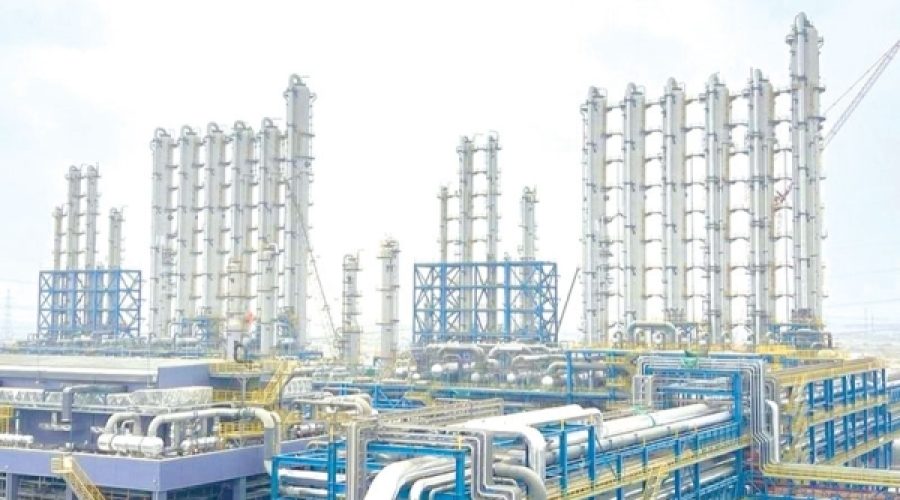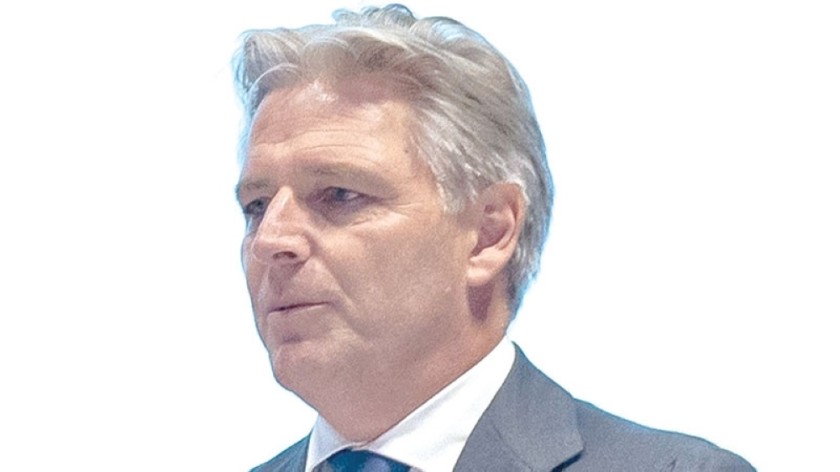Solar Manufacturing Cluster at SOHAR Freezone: What It Means for Investors and Entrepreneurs in Oman
MUSCAT, NOV 19 – SOHAR Port and Freezone is set to develop a comprehensive solar value-chain ecosystem within the Freezone, marking a key part of the port’s planned expansion over the coming years.
Emile Hoogsteden, CEO of SOHAR Port and Freezone, revealed that new industrial clusters will also focus on low-carbon fuels and the entire value chain for electric vehicles (EVs) and their batteries. Speaking to The Energy Year, a UK-based energy and business publication, Hoogsteden explained that these clusters will complement existing ones centered on metals, food, and petrochemicals.
“These new clusters encompass a full solar value chain, covering polysilicon, wafers, ingots, cells, and modules, alongside downstream chemicals and polymers,” he said. “This includes recyclable plastics, our biofuel refinery, e-fuels such as methanol and ammonia, and a complete EV and battery value chain—from raw materials to parts.”
Significant progress is already underway in establishing an integrated solar manufacturing hub at SOHAR. A notable project is United Solar Polysilicon’s world-scale facility, which will produce approximately 100,000 tonnes of high-purity metallurgical silicon annually—an essential raw material for global solar photovoltaic production. The $1.3 billion investment will anchor a complete solar materials base within Oman.
Complementing this initiative is JA Solar’s forthcoming manufacturing complex, a RO 217 million investment occupying 32.5 hectares within SOHAR Port and Freezone. The plant will feature an integrated solar cell production line with a 6 GW capacity and a module production line with a 3 GW capacity, scheduled to commence operations in early 2026.
To sustain the influx of investments, which reached $1.2 billion in the first half of 2025 and about $4 billion in 2024, preparations are underway to open new land in the Freezone. Phase 2 of the Freezone is already 50% leased, and development of Phase 3 has begun.
Meanwhile, the industrial port area is nearing full capacity, with nearly all of its 2,000 hectares leased to a diverse range of industries including petrochemicals, refining, metals, food, port operators, utilities, and service providers. The port currently has approximately 80 hectares remaining, expected to be fully occupied within the next two to three years. This demand has prompted expansion talks with the government, with investments anticipated to be in the billions, phased but rapid.
Highlighting its attractiveness to investors, SOHAR Port and Freezone has effectively met its Vision 2050 goals nearly 25 years ahead of schedule. “While the target was to reach full capacity by 2050, as of 2025 we are almost fully leased, with over $30 billion in investments, 42,000 jobs created, and an annual trade value of $45 billion,” Hoogsteden stated.
Special Analysis by Omanet | Navigate Oman’s Market
SOHAR Port and Freezone’s strategic push to build an integrated solar and low-carbon fuel ecosystem highlights Oman’s growing leadership in sustainable industries, creating significant opportunities for green energy investments and technology ventures. With intensive industrial expansion and nearly full capacity ahead of schedule, smart investors should prioritize entering the renewable energy value chain and anticipate robust government-backed infrastructure growth, while businesses must prepare for intensified competition and collaboration within this evolving cluster landscape.




